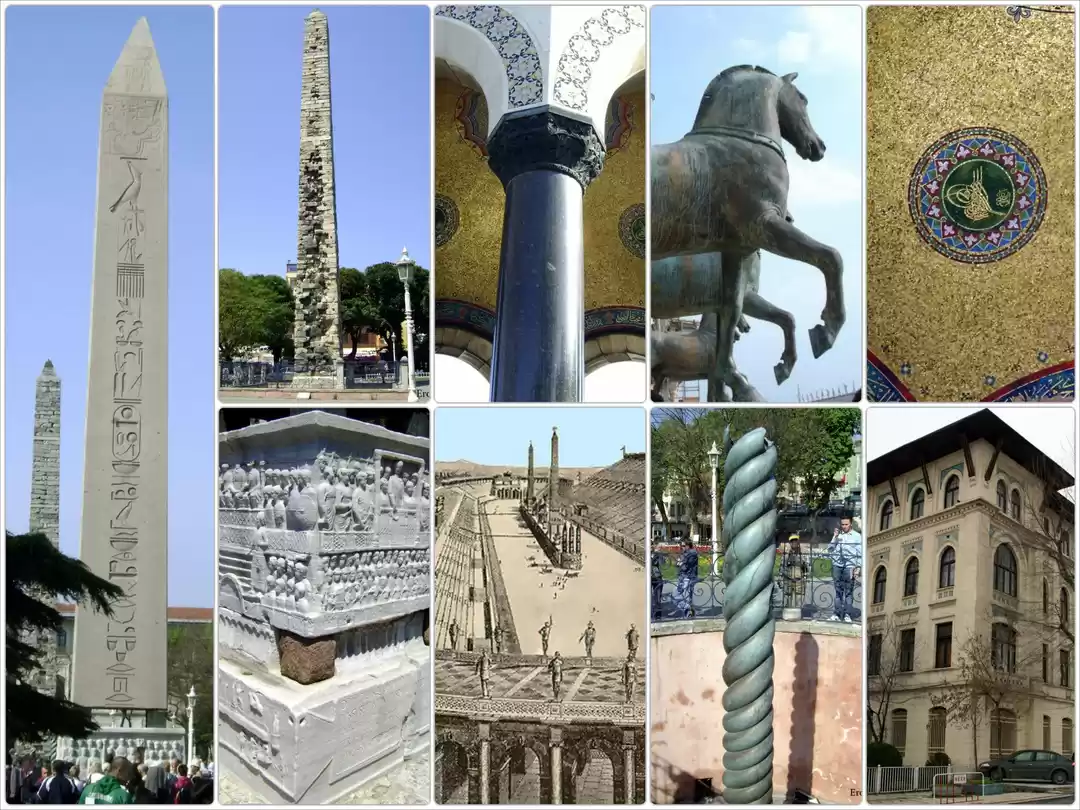
Hurrem Sultan, also known as Roxelana, was Sultan Suleiman the Magnificent 's chief consort and wife. She rose to become one of Ottoman history 's most important and influential women, as well as a popular and divisive figure during the Sultanate of Women.
Hurrem Sultan was born in Ruthenia, which was then part of the Polish Crown. She was born in the Ruthenian Voivodeship of the Crown of the Kingdom of Poland, in what is now Ukraine, specifically in the town of Rohatyn. Hurrem was apparently born to a man named Lisovsky, who was an Orthodox priest of Ruthenian descent, according to late 16th-century and early 17th-century sources. Ruthenian was her first language.
Hurrem was kidnapped by Crimean Tatars during a slave raid and taken to Istanbul, the Ottoman capital . Valide Hafsa Sultan chose Hurrem as a gift for her son, Suleiman, in Istanbul. Hurrem rose through the Ottoman harem 's ranks to become the Haseki Sultan, which means "the favorite". Like her title suggests, she joined the Imperial Harem and rose through the ranks to become Sultan Suleiman's favorite. He married Hurrem, making her his legitimate wife, breaking Ottoman custom since Sultans had traditionally only married foreign free noble ladies. Haseki Sultan is the first imperial consort to be given the title. Hurrem spent the remainder of her time at the Sultan's court, having six children with him, including the future Sultan, Selim II. Hurrem is also Murad III's grandmother.
Hurrem rose to prominence in the Ottoman Empire , shaping Ottoman politics. She was involved in the affairs of the state through her husband. She most likely served as the Sultan's secretary, wrote diplomatic letters to King Sigismund II Augustus of Poland, and supported large public works projects such as the Haseki Sultan Complex and the Hurrem Sultan Bathhouse , which are one of the best spots in Istanbul .
Origins of Hurrem Sultan
Hurrem, from Persian Khorram, means "the cheerful one." The name was given to her for her joyful spirit and playful disposition. Hurrem became a rival to Mahidevran in the Istanbul harem , and her power over the Sultan quickly became legendary. Hurrem was permitted to have several sons, which was a clear breach of the old imperial harem rule of "one concubine mother - one son," which was intended to avoid both the mother's control over the sultan and blood brother feuds for the throne. Suleiman allowed her to bear the majority of his children.
Hurrem Sultan 's popularity made her one of the most influential women in Ottoman and world history at the time. Her power as a consort was comparable to that of the Imperial Harem's most powerful woman, who was traditionally the Sultan's mother or valide sultan. As a result, she has become a divisive figure in Ottoman, accused of conspiring against and exploiting her political opponents.
Hurrem went on to become the first woman to spend her entire life in the Sultan's court. A sultan's consort was only supposed to stay in the harem until her son reached the age of majority, after which he would be sent away from the capital to rule a distant province, and his mother would accompany him. Sancak Beylii was the name given to this custom. Unless their sons succeeded to the throne, the consorts were not allowed to return to Istanbul. Hurrem defied tradition by remaining in the harem even after her sons were sent to rule the empire's far-flung provinces. She died peacefully in Istanbul in 1558 and was buried in the Suleymaniye Mosque .
Hurrem Sultan in Istanbul
Today, if you visit Istanbul, you can see Hurrem Sultan's heritage everywhere around the city. You can visit . Topkapi Palace , where Hurrem Sultan and Suleiman the Greatest lived together. You can also have a hot, refreshing Turkish bath in the Hagia Sophia Hurrem Sultan Hamami during your trip to Istanbul



































